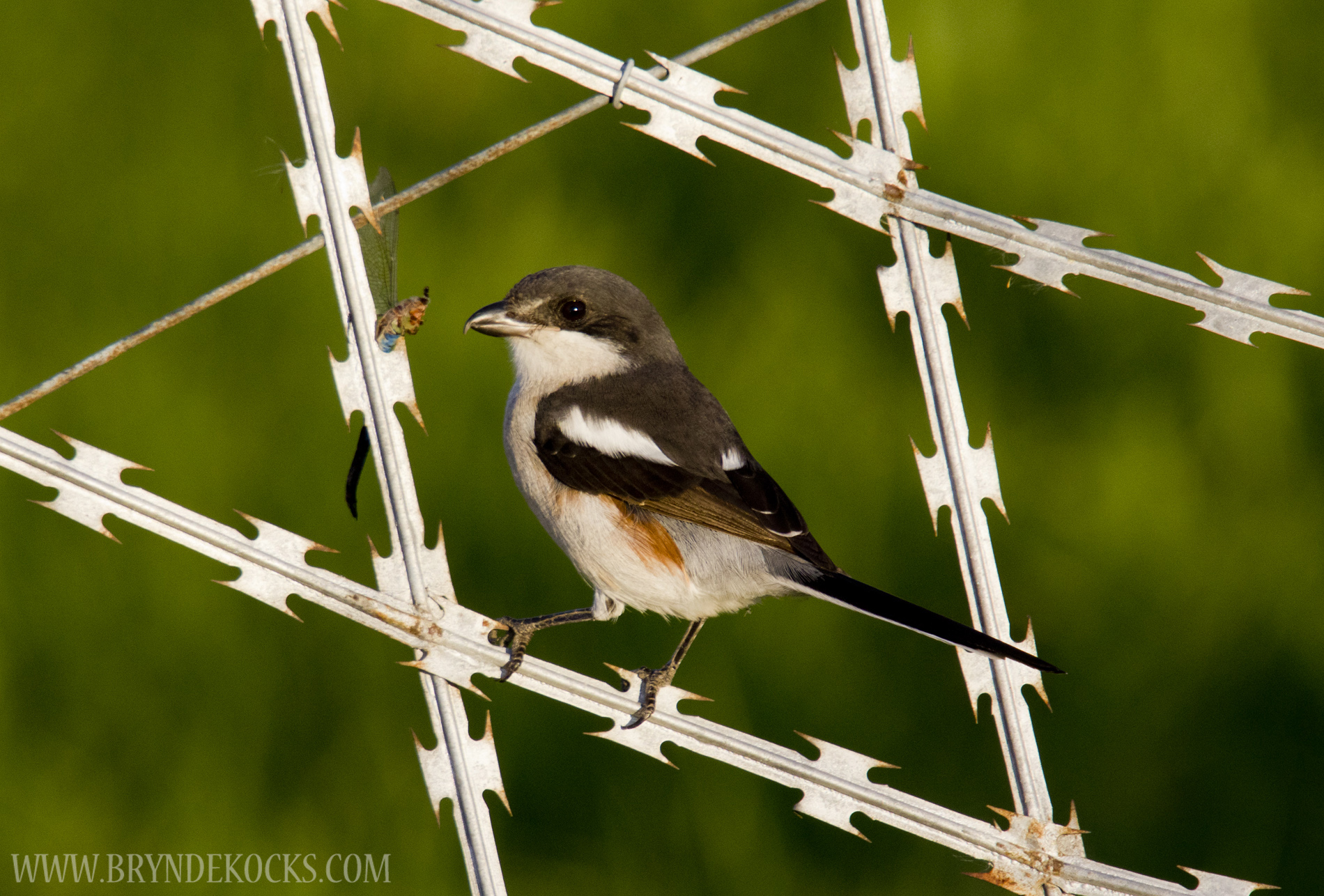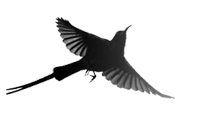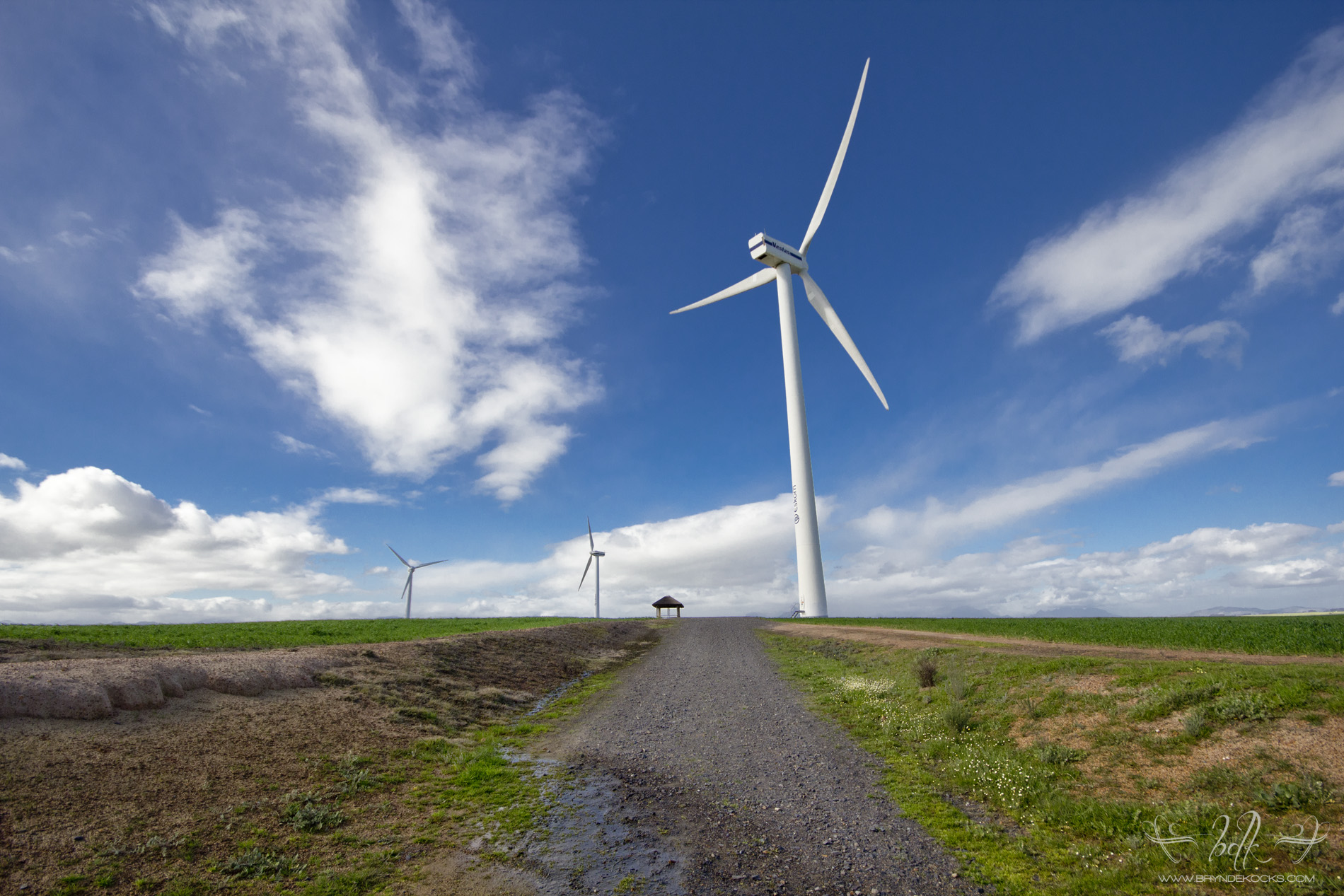Dick Dent Bird Sanctuary Meet Up
I recently headed to the Dick Dent Bird Sanctuary with the Somerset West Bird Club, originally I didn’t think I’d have time as I had an extremely busy schedule for the day, but after performing the errands I needed to, I found myself able to meet up with the small group of local birders at the sanctuary gate.
For a small back story to the sanctuary, it is located on the ends of Somerset West and the beginning of Strand, directly bordering the Strand Golf Course and can be accessed at the bottom of Victoria Road. The Dick Dent Bird Sanctuary has faced a number of challenges over the years including the homeless using the sanctuary as a place to squat, this problem subsequently lead to a damaging fire which burnt down the hide, donated by a local wood store owner. There was a new hide recently built on the sanctuary and in a manner which is supposed to be less appealing to the squatters. These squatters also pose a degree of safety risk, though I am unaware of any incidents. Another big problem is that the sanctuary is separated from the caravan park on the one side by a single low running river and dogs sometimes cross over the river and into the sanctuary, these are all problems that are trying to be rectified.

After introductions, we headed into the sanctuary and made our way to the hide which is located near the front-most and the middle pond. The first species I saw was a couple of Speckled Back Mousebirds which flew into a small bush next to the path for a few second, followed by numerous Cape Bulbuls, then some Lesser Swamp Warblers, Blacksmith Lapwings, Levaillant’s Cisticolas and a Common Fiscal. After a few minutes in the hide I decided to watch the skies above, as the sanctuary is also within close proximity to an estuary on Strand beach. It wasn’t long before I caught glimpse of an African Spoonbill in the sky above, after alerting the other members – we got to watch it settle within the sanctuary. Not really a rarity by any means, but it’s the first Spoonbill I have seen in the Somerset West area. It settled down next to a single Yellow-Billed Egret in the far pond. There were Cape Weavers around all the ponds too, but nothing too interesting from the hide so we moved on.

We headed to the pond on the far right of the sanctuary where there was a Common Moorhen which flew into the reeds as we approached, and about 4 or 5 Yellow-Billed Ducks. Common Starlings were seen in the trees bordering the pond, along with Cape White-Eyes and Laughing Doves. We then walked down to the lower center dam where we spotted some Karoo Prinia, and a Yellow Bishop. After a few minutes we spotted a Malachite Kingfisher making use of what little water was left in the dams after a long, dry summer. Some Cape Canaries also passed by for a drink of water, followed by a couple of Cape Wagtails. A Pied Kingfisher then made a short swoop by, checking out the levels of the dams before leaving disappointed. We were soon on our way back to our cars when one of the group pointed out a raptor which was perched in a tree directly above the hide (which we were in previously), there was quite a bit of excitement among the group with everyone now with their binocs to their faces. There was a bit of confusion as to what it could be, as many of the juvenile raptors have a similar appearance, the consensus which was for a Rufous-Chested Sparrowhawk (which would later be shown as incorrect), but what do you know… There was another surprise, quickly someone shouted “Peregrines!” and a pair of Peregrine Falcons were approaching from the west, flying over our heads at the sanctuary, everyone shifting their sights from one raptor to another. Unfortunately due to the pace of these birds I only managed to get some shots once they had passed, and still nothing decent but it was definitely an interesting sight for the sanctuary.

We continued to move closer to what we thought was a Rufous-Chested Sparrowhawk (But was actually a Juvenile Black Sparrowhawk [Thanks to Trevor Hardaker for the correction in ID]), which once again held our undivided attention, though the raptor had other plans and it wasn’t long before it took flight and moved across to the other side of the sanctuary. When heading back to the car, there was one last bit of excitement as the blatant sounds of a Giant Kingfisher were heard resonating from the distant pond.
I really enjoyed the wealth of information provided by others, most specifically John Clements, who along with being a local ringer also runs the sanctuary and has for a number of years. He provided some insight into some of the rarities that have been spotted in the sanctuary over the years including African Jacana and a reverse migration Red-Backed Shrike.

Everyone seemed pretty stoked on the findings of the day, apparently there are times when they see as little as 5 or 6 species are seen on a trip, but we managed to toll 24 species in a short period this time, though unfortunately no lifers for me. But it was definitely an enjoyable experience and I’m happy to have made connections with more of the other local birders.









Sounds like a delightful spot for a bit of birding, originally I am from Strand and if I return to the area again I will most certainly have a look into spending a bit of time here. Loving your entries!